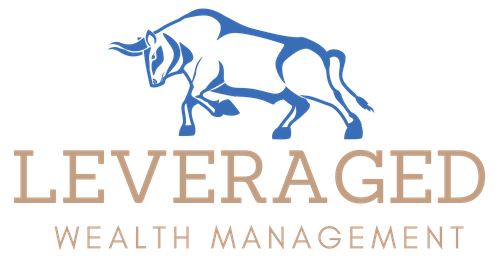Geometric Mean Versus Average Return
Key Takeaway
If you could boil down the geometric mean to a single idea that every client should understand, it would be this. Losing your money hurts you far more that gaining money helps you.
It’s not your fault
Ever feel like the system is rigged? When it comes to money and investing many of our clients initially come to use because they see “big” year to year returns but feel like the long term growth of their portfolio is stagnant! How can that be? Most portfolios seem to have a boom and bust cycle, large gains followed by large losses. Sound familiar?
This results in most money managers touting over inflated “average returns” that don’t give you an accurate picture. What you need to understand is the difference between the geometric mean and the average return.
If you feel like you are taking one step forward year after year followed by a year where you take 10 steps back, just know that it’s not your fault!
The Math Doesn’t Lie
Unfortunately, many planners and money managers (and by extension, their clients) don’t understand the math around market pullbacks and rebounds. It all centers around the difference between the geometric mean and the arithmetic mean (sounds scary, but it isn’t).
The arithmetic mean is easy to understand. It is what most are accustomed to when thinking about averages. You add up numbers and then divide them by the amount of numbers you added up. You come up with one number that represents the average of those added. Helpful if you were trying to determine your grade in school. Not helpful if you are trying to figure out your average rate of return on your portfolio.
Once you introduce money into the equation the arithmetic mean doesn’t work. First, let’s explore that.
Arithmetic Mean (or the average)
+10% year 1
- 20% year 2
+30% year 3
20% /3 = 6.667%, right? WRONG!
If you had a $500k account with an average return over 3 years of 6.667%, you would end up with $606,820 after 3 years. But, is that how it really works??
$500,000 * 1.1 (10% return) = $550,000
$550,000 * .8 (20% loss) = $440,000
$440,000 * 1.3 (30% return) = $572,000
Over 3 years that is a 4.59% return. And THAT is the geometric mean…
Geometric Mean Boiled Down
If you could boil down the geometric mean to a single idea that every client should understand, it would be this: losing your money hurts you far more that gaining money helps you.
People love the idea of unlimited upside. Maybe it reminds them of playing the lottery. There is a chance they could absolutely strike it rich! But they don’t understand the basic principle we outlined above. What if you could absolutely eliminate losses? There would be a cost, or course. What if that cost took the form of limiting your upside to say 50% of the market performance? Our example above would look like this:
$500,000 * 1.05 (5% return) = $525,000
$550,000 * 1 (you eliminate the loss) = $525,000
$525,000 * 1.15 (15% return) = $603,750
By simply eliminating your losses in exchange for HALF the market upside your 3-year return soars to 6.49%.
A two-percentage point increase over just a 3-year span for taking LESS RISK!
By downloading our Ultimate guide to understanding risk
Call to action
buttons
